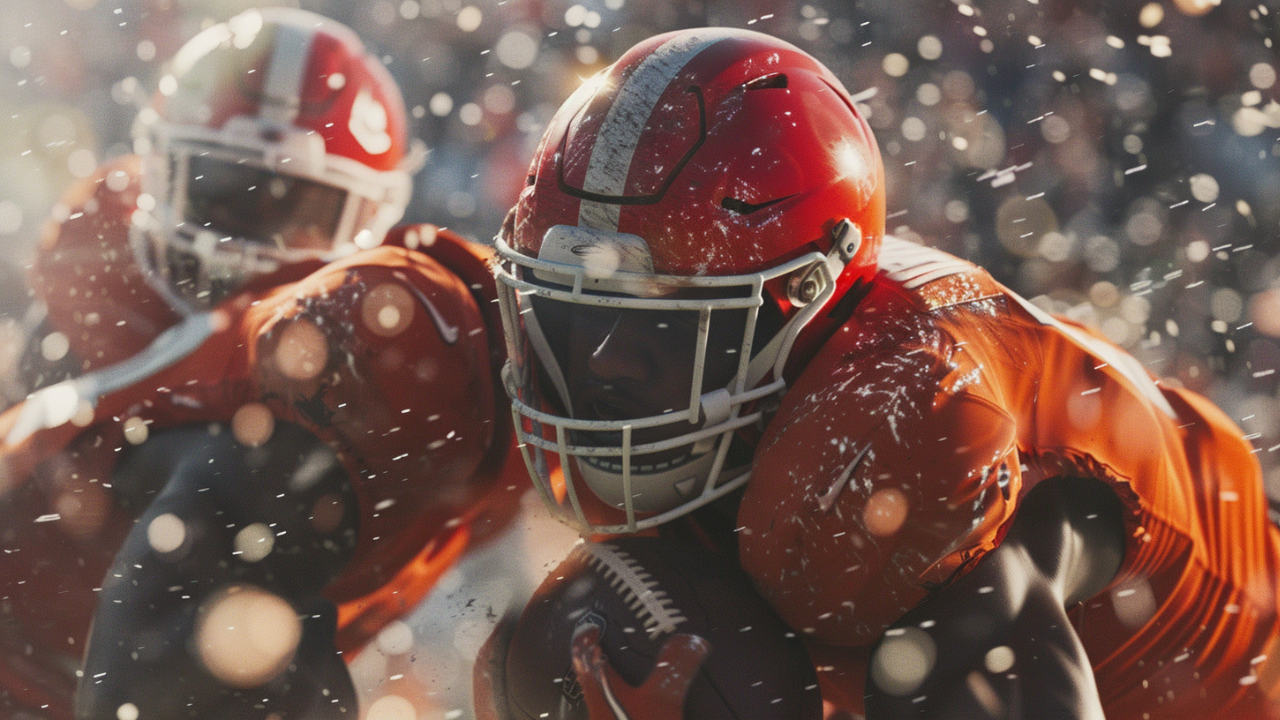The Importance of Prompt Medical Intervention
Despite the use of protective equipment, such as chest protection and chest leading, commotio cordis can still occur. The effectiveness of chest protectors varies, and in some instances, reported cases occurred even when the athletes were wearing protective gear. The key to increasing the survival rate of commotio cordis victims is prompt cardiopulmonary resuscitation (CPR) and the use of an automated external defibrillator (AED) to restore normal heart rhythm.

When a case of commotio cordis is suspected, a thorough cardiac evaluation should be conducted. This may involve tests such as ambulatory Holter monitoring to detect irregular heart rhythm, differential diagnosis to rule out other conditions like arrhythmogenic right ventricular dysplasia, Brugada syndrome, and Long QT syndrome. In some instances, an implantable cardioverter defibrillator may be recommended for individuals at high risk of sudden arrhythmic death.
Education and Awareness: The Key to a Safer Sports Environment
Education and awareness are vital in addressing commotio cordis. Athletes, coaches, and parents should be trained in CPR and AED use, as a few seconds can make the difference between life and death. Sports health organizations should also ensure that automatic external defibrillators are readily available at all sports venues.

What's next?
Commotio cordis is a rare but potentially fatal condition that can affect athletes across various sports. While protective measures like chest protectors and safety balls can help reduce the risk, they do not guarantee complete prevention. The most crucial factor in improving the outcome for commotio cordis survivors is prompt and appropriate medical intervention, including CPR and the use of an AED. By raising awareness and promoting education, the sports community can work together to create a safer environment for all athletes.




